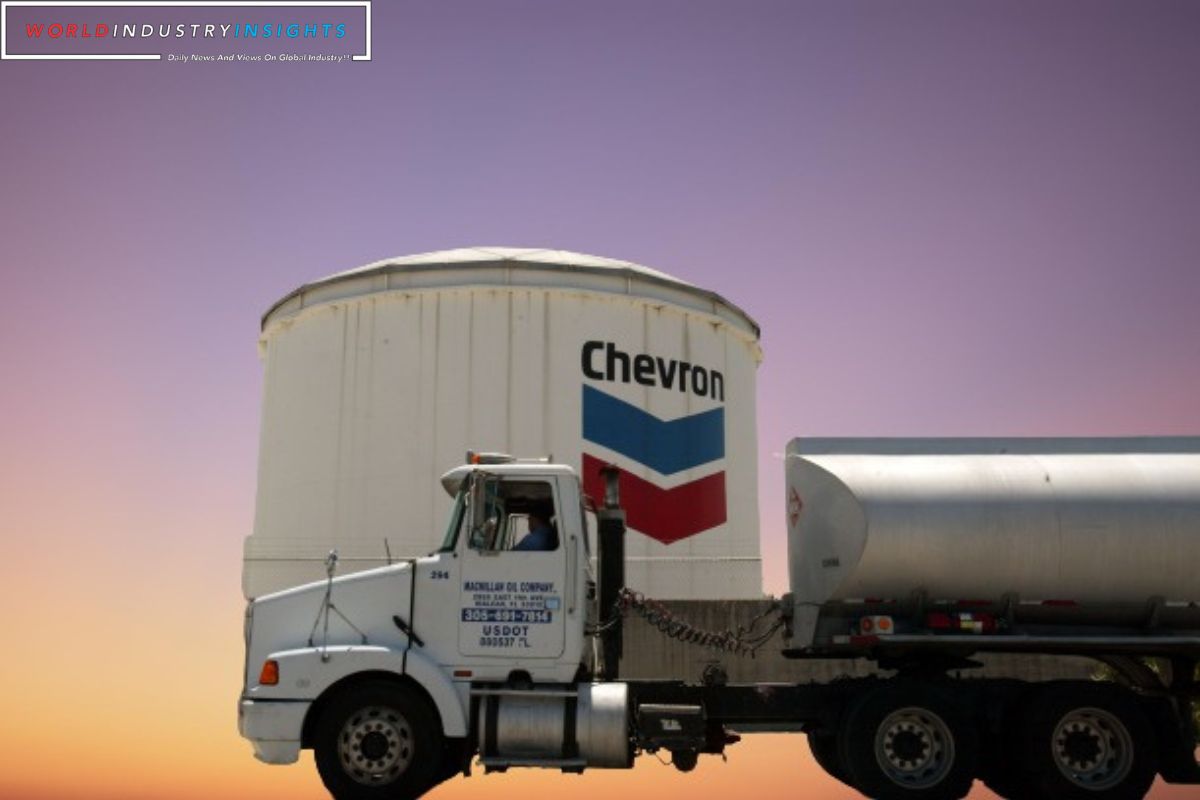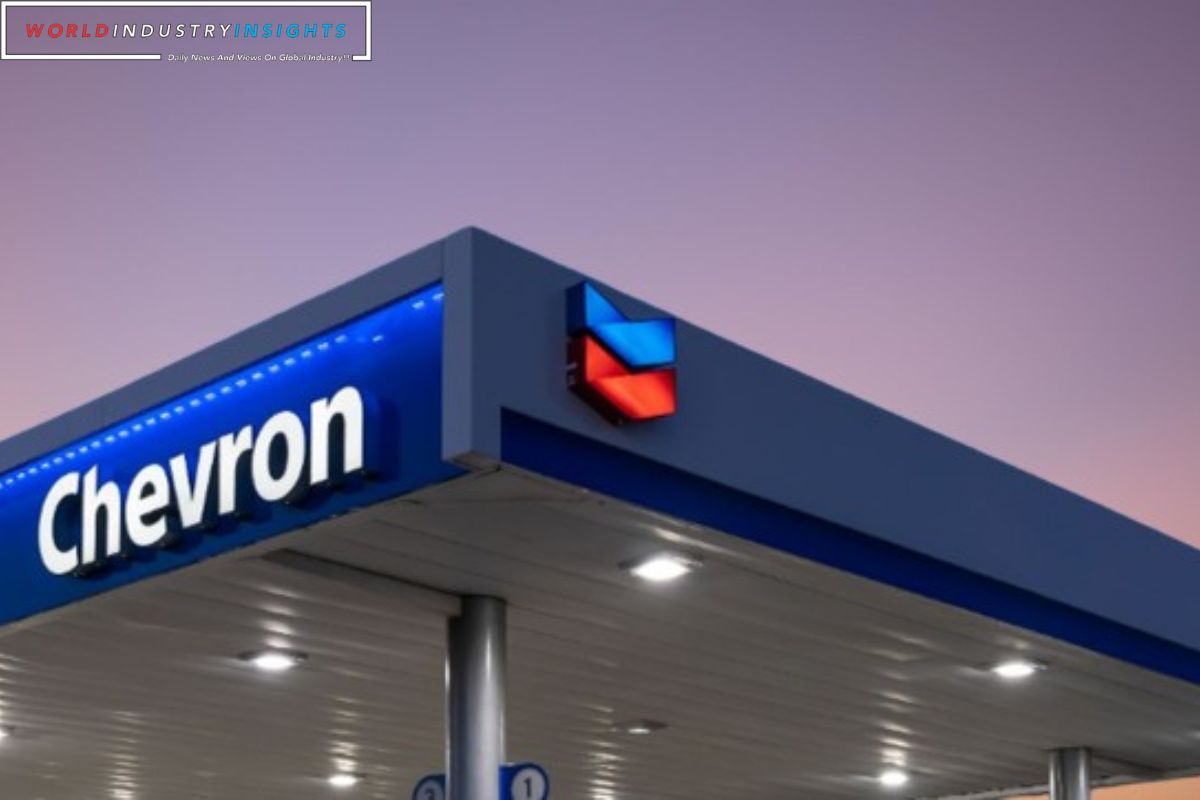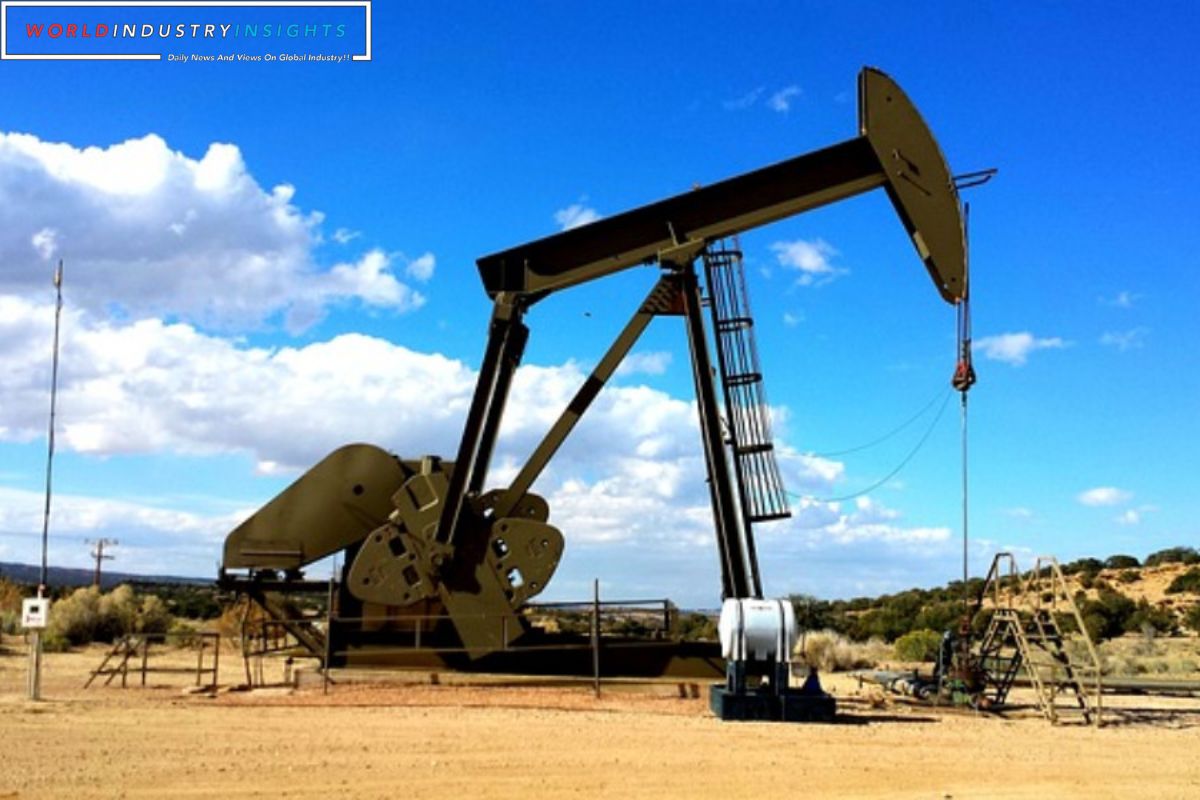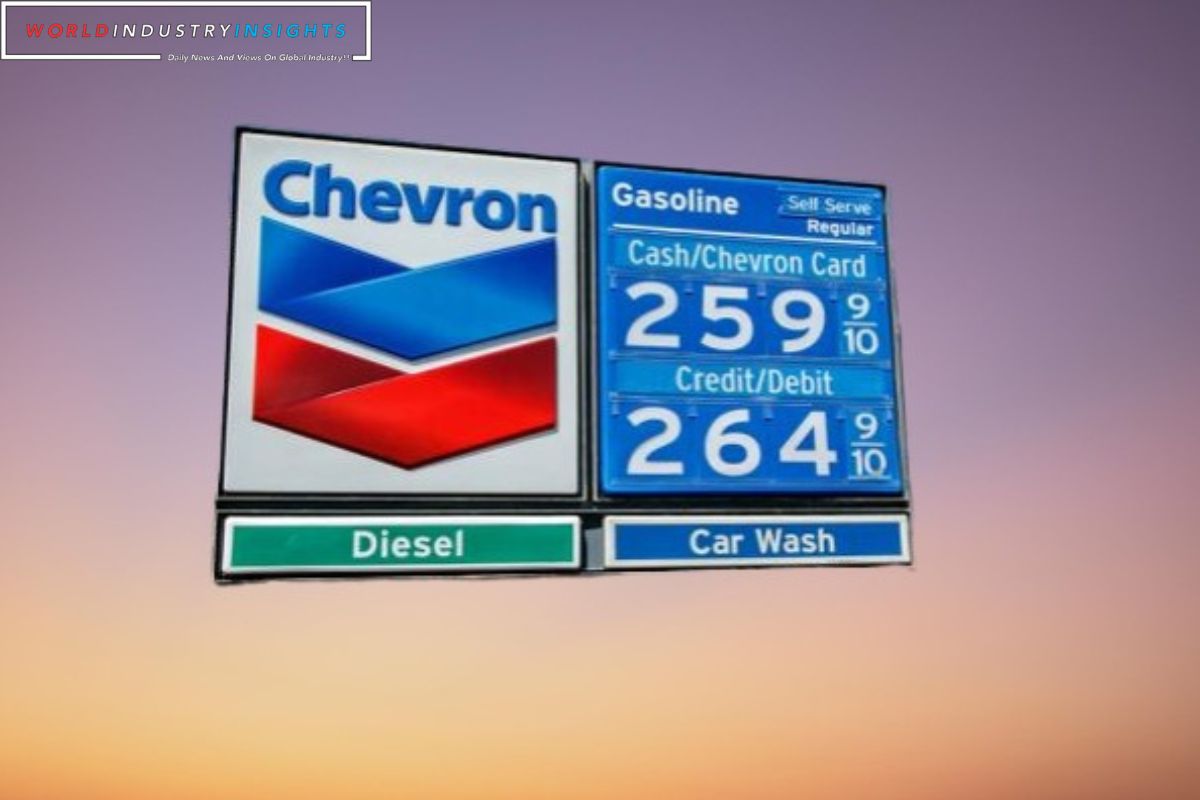Chevron’s Q4 Financial Strain: In the realm of financial challenges faced by multinational corporations, Chevron’s recent fourth-quarter performance has raised concerns within the industry. The company has navigated a $4 billion impairment hit, leaving investors and analysts pondering the potential repercussions.
This significant financial strain stems from a combination of regulatory challenges, recognized losses, and decommissioning obligations. However, despite these hurdles, Chevron’s market response has been somewhat surprising, with a modest increase in share value.
This opens up a broader discussion on the complexities of the oil industry, the impact of regulatory scrutiny, and how Chevron plans to address its operational setbacks. The details of Chevron’s Q4 financial strain, it becomes evident that the company’s strategic moves and analyst predictions play a crucial role in understanding their path forward.
Key Takeaways
- Chevron is expected to face a $4 billion financial setback in Q4 due to regulatory challenges and impairment of assets.
- The company recognizes the need for responsible asset management and estimates the cost of decommissioning activities over the next decade.
- Despite the setback, Chevron remains committed to operating affected assets and demonstrates resilience in the face of operational challenges.
- Chevron’s shares experienced a modest increase in early trading, reflecting the market’s cautious optimism about the company’s ability to navigate the oil market dynamics.
Chevron’s Fourth-Quarter Hit: $4 Billion Impact Due to Regulatory Challenges
Due to ongoing regulatory challenges, Chevron is expected to face a significant financial setback in the fourth quarter, with an estimated impact of $4 billion.
Also Read: Chevron Faces Headwinds: Analysts Cut Estimates as Operational Setbacks Weigh Heavy
This substantial impairment of assets in California is a direct result of the obstacles Chevron has been encountering in terms of regulatory compliance. These challenges have hampered the company’s ability to make future investments in the region, leading to the need for a reassessment of their asset valuations.
Despite this accounting hit, Chevron remains committed to operating the affected assets for an extended period. This decision reflects their confidence in the long-term viability of these assets, even though they are currently facing regulatory headwinds.
Chevron’s ability to navigate these challenges will be crucial in maintaining their financial stability and ensuring future growth opportunities.
Recognized Losses and Decommissioning Obligations
Recognized losses tied to oil and gas production assets in the US Gulf of Mexico have become a pressing concern for Chevron. As the company faces the financial strain of a $4 billion impairment hit, it is also grappling with the burden of abandonment and decommissioning obligations triggered by companies acquiring assets filing for Chapter 11.
Chevron anticipates shouldering a portion of these obligations and has estimated the cost of decommissioning activities over the next decade. This highlights the challenges faced by oil and gas companies in the current economic climate, where declining oil prices and regulatory hurdles have intensified the need for responsible asset management.
Chevron’s proactive approach to assessing and addressing these decommissioning obligations demonstrates its commitment to ensuring the long-term sustainability of its operations in the US Gulf of Mexico.
Despite facing financial strain and recognized losses tied to oil and gas production assets, Chevron’s shares experienced a modest 0.4 percent increase in early trading on Tuesday. This market response may come as a surprise given the challenging environment for the oil industry.
Lower profits reported by Chevron and ExxonMobil in the last quarter, driven by a decline in commodity prices, have raised concerns among investors. Additionally, proposed acquisitions and regulatory scrutiny pose hurdles for the industry. However, Chevron’s ability to weather these challenges and still see a share increase reflects the company’s resilience and strategic positioning.
It suggests that investors may see long-term potential in Chevron, despite its short-term financial strain. This modest share increase demonstrates the cautious optimism of market participants who recognize Chevron’s ability to navigate the complex dynamics of the oil market.
Regulatory Scrutiny and Complexities in Oil Industry Strategic Moves
The oil industry’s strategic moves face regulatory scrutiny and complexities as Chevron’s proposed acquisition of oil and gas producer Hess, worth $53 billion, and ExxonMobil’s proposed acquisition of Pioneer Natural Resources for around $60 billion, both undergo FTC review.
These regulatory actions indicate that the government is assessing the potential anti-competitive implications of these mergers. Such scrutiny is not surprising, given the immense size and influence of these companies in the oil industry.
The regulatory process is complex and involves evaluating market concentration, potential harm to consumers, and the impact on competition. The FTC will carefully analyze the proposed acquisitions to ensure that they do not result in monopolistic practices or a reduction in competition.
This level of regulatory scrutiny is crucial in maintaining a fair and competitive oil industry that benefits both businesses and consumers alike.
Chevron’s Response to Operational Setbacks and Analyst Predictions
As Chevron faces operational setbacks and analysts trim their predictions, the company’s response to these challenges provides valuable insight into its ability to navigate a volatile industry landscape. Despite the impact on its Q4 earnings estimates and the anticipated lower fourth-quarter profit, Chevron emphasizes its commitment to continue operating assets.
This response demonstrates Chevron’s determination to weather the storm and maintain its position as a leading player in the oil industry. By acknowledging the operational challenges and addressing them head-on, Chevron shows resilience and adaptability, qualities that are crucial in an ever-changing market.
This approach allows the company to gain a deeper understanding of its operational weaknesses and implement strategies to mitigate future setbacks. Chevron’s response serves as a testament to its long-term vision and strategic planning, positioning it well for future industry expectations.
| Response to Operational Setbacks | Analyst Predictions |
|---|---|
| Emphasizes commitment to continue operating assets | Trimming of Q4 earnings estimates |
| Acknowledges operational challenges | Lower fourth-quarter profit anticipated |
| Demonstrates resilience and adaptability | Potential impact extending into 2024 |
| Gains understanding of operational weaknesses | Necessitates strategic planning for future |
| Positions Chevron for future industry expectations | Reflects volatile industry landscape |
Conclusion Of Chevron’s Q4 Financial Strain
Chevron’s fourth-quarter financial strain of a $4 billion impairment hit is a clear indication of the regulatory challenges faced by the company. Despite this setback, Chevron managed to achieve a modest increase in its market shares.
The oil industry’s strategic moves are becoming increasingly complex due to regulatory scrutiny and the ever-changing landscape. Chevron’s response to operational setbacks will be critical in determining its future success.
Analyst predictions will provide valuable insights into the company’s future performance.
Our Reader’s Queries
What are the results of Chevron 3q 2023?
Chevron’s third quarter earnings for 2023 have been reported at $6.52bn, marking a significant 41.9% decrease from the same period in the previous year, which saw earnings of $11.23bn. The diluted earnings per share for July-September also saw a decline of 39.8%, falling to $3.48.
How much will CVX make in 3q 2023?
Chevron Corporation (NYSE: CVX) announced its third quarter 2023 earnings of $6.5 billion ($3.48 per share – diluted), a decrease from the $11.2 billion ($5.78 per share – diluted) reported in the same quarter of 2022.
What is the earnings forecast for Chevron?
Chevron’s revenue and earnings are predicted to decrease by 3.6% and 6.9% per year, respectively. Additionally, EPS is expected to decline by 2.4% annually. However, the company’s return on equity is forecasted to be a promising 14.9% in just three years.
What is the financial strategy of Chevron?
Chevron is committed to achieving higher returns while expanding energy supplies, and it plans to do so by maintaining capital and cost discipline. To this end, the company has announced that it will stick to its annual organic capital expenditure guidance of $13 billion to $15 billion through 2027. This approach will ensure that Chevron remains focused on its objectives and continues to deliver value to its stakeholders.




